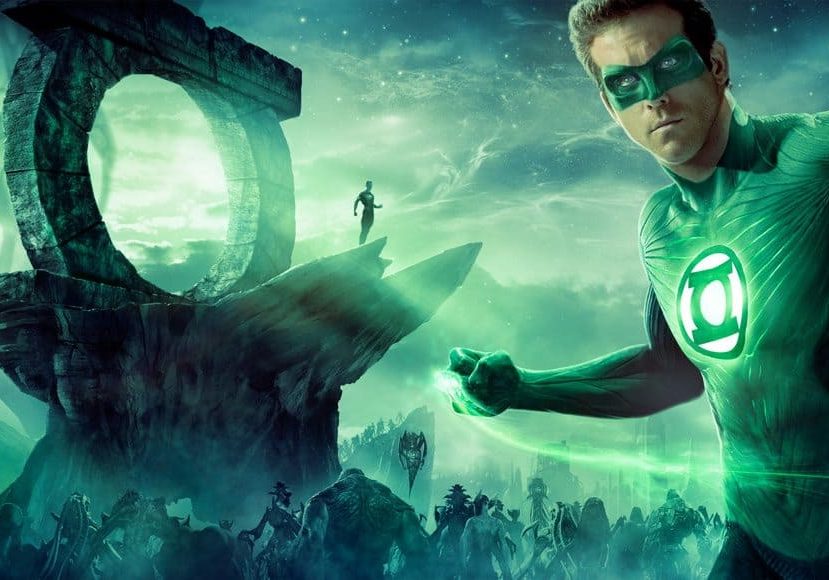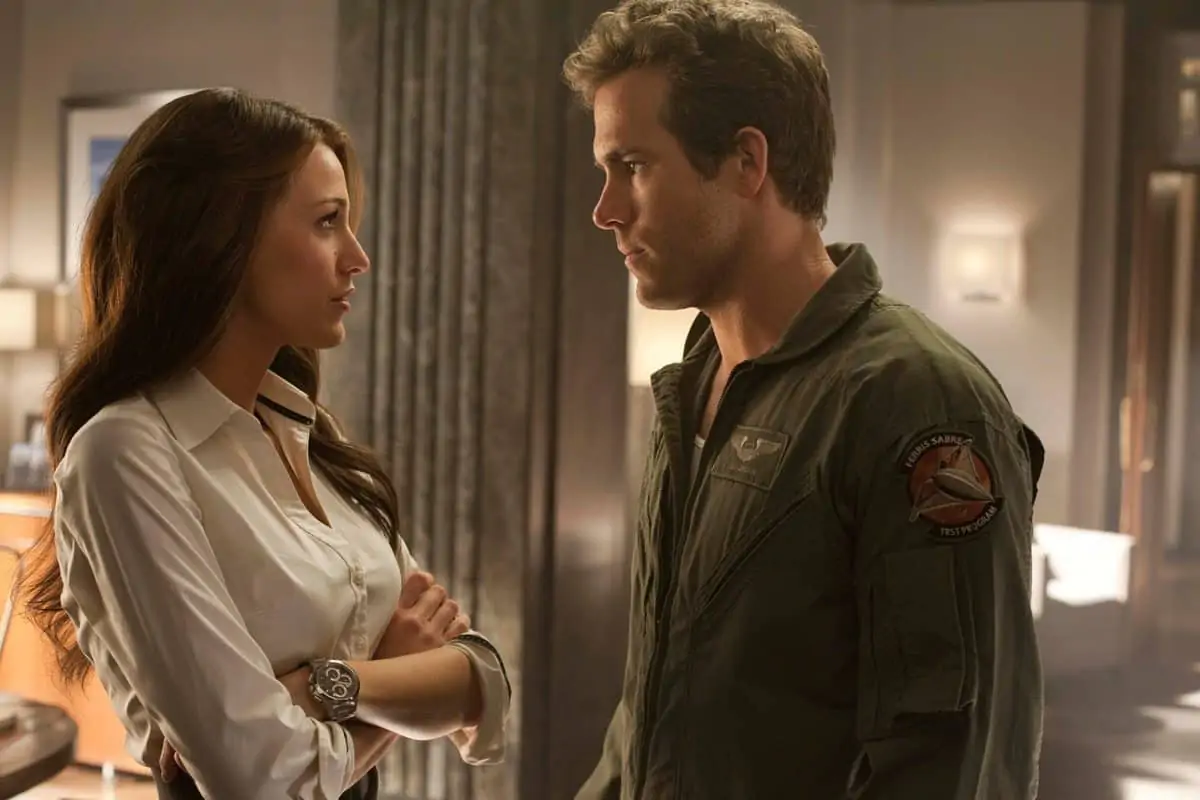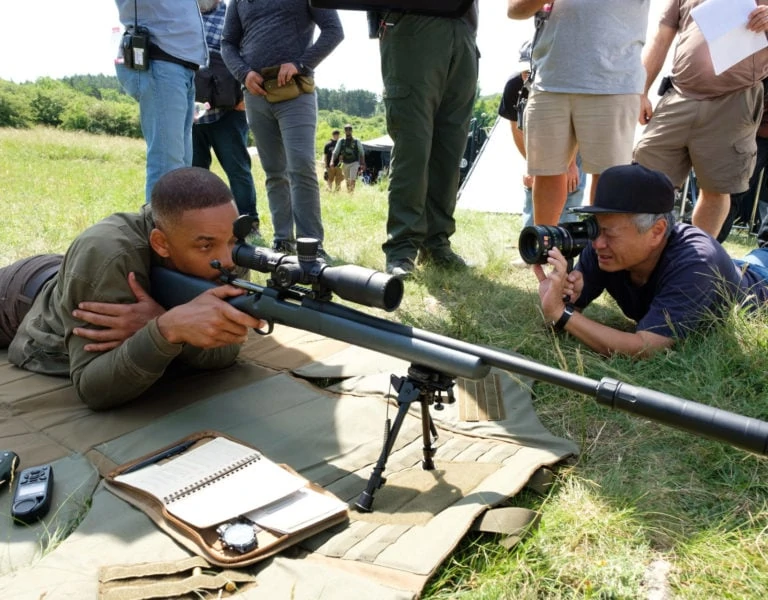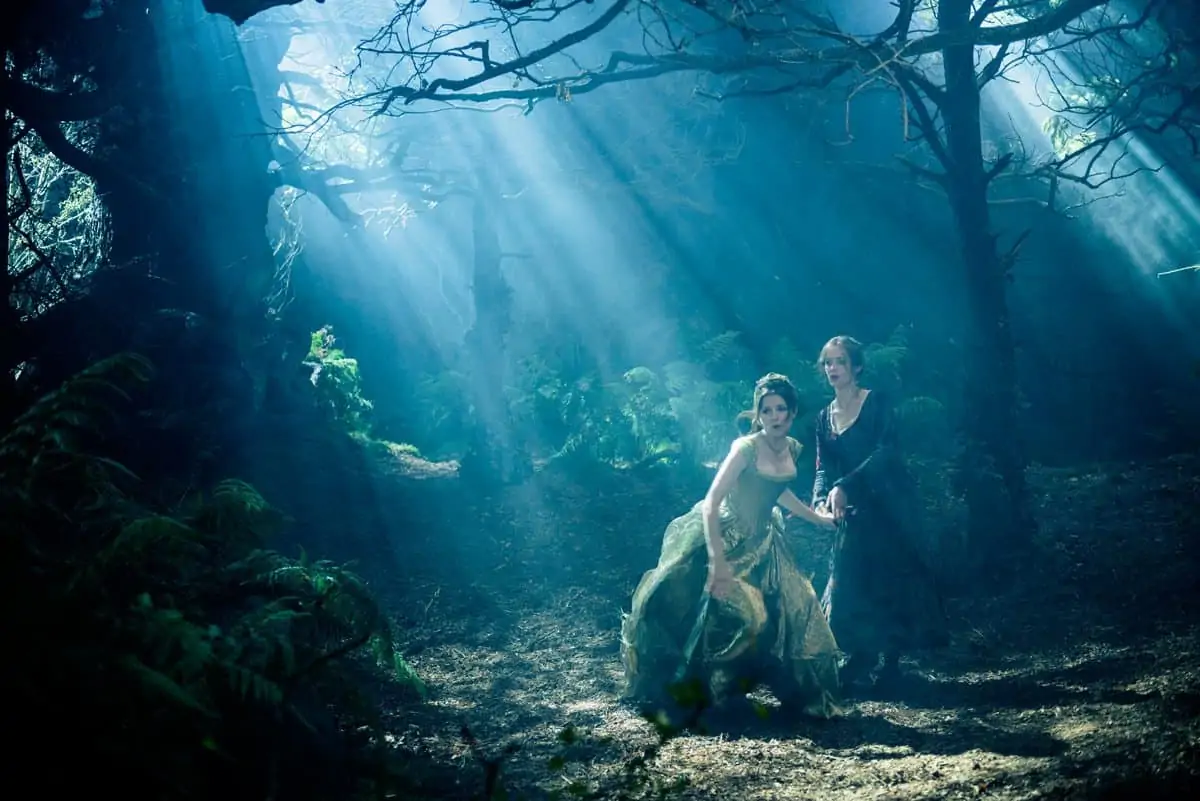Brightest day
Dion Beebe ACS ASC / The Green Lantern

Brightest day
Dion Beebe ACS ASC / The Green Lantern
The Green Lantern was first brought to life in the pages of 1940s comic books, published by DC Comics, best known as the home of Superman and Batman. The character was a human test pilot, who had been recruited to an intergalactic police force overseen by a group called Guardians Of The Universe.
Each member of the police force wields a ring and a lantern, each of which gives the user great control over the physical world. In later incarnations, the Lanterns recited this oath: “In brightest day, in blackest night, no evil shall escape my sight/Let those who worship evil’s might beware my power. . . Green Lantern’s Light!”
Bringing this character to the screen was the task assumed by director Martin Campbell and cinematographer Dion Beebe ACS, ASC. The Green Lantern is their first collaboration. Campbell is a native of New Zealand, best known for The Mask Of Zorro, Edge Of Darkness and the 2006 Casino Royale. Beebe, who was born in Australia and raised in South Africa, has earned Oscar nominations for Chicago and Memoirs Of A Geisha. He won the BAFTA award twice, for Memoirs and Collateral, and earned another nomination for Chicago. His other credits include Rendition, Land Of The Lost, and Nine.
“What I found intriguing about The Green Lantern was that there is a lot of opportunity for light,” says Beebe. “The energy the character creates is almost a sort of particular matter. I saw a lot of potential for interaction, and a way to bridge the gap between the practical shoot and the extensive visual effects component.”

Those opportunities ranged in scale from a face looking down at a ring to huge blasts of energy that fills the sky. In some of the latter, larger situations, Beebe used a 10K bulbs removed from their housings and mounted on a 50-foot Technocrane for maneuverability. Beebe would diffuse this source depending on the scene and the distance from the source to the subjects.
Early on in preproduction, Beebe performed tests and concluded that the wisest course was to keep this light white during photography, and to use post tools to imbue it with the signature green hue. “That gave us greater control and consistency,” he says. “Also, it’s important to be careful with green, because it can be unflattering on faces.”
Beebe and Campbell tested digital formats, but chose 4-perf Super 35 film for the project. The resulting images will appear in a widescreen 2.4:1 aspect ratio. “Martin is more of a film person,” says Beebe. “He understands the pace and set-up time, and his way of working lent itself to film.”
The cameras were Panavision Platinums and XLs with Primo lenses. Two cameras were on hand, but Campbell prefers a single-camera approach, according to Beebe. The main film stock was Kodak Vision2 500T colour negative film 5219. Some scenes were also filmed with Kodak Vision2 50D colour negative film 5201.
“I felt that the Kodak 500-speed film would give me a little more latitude,” says Beebe. “At that point, the script included a very big night exterior that takes place on a rooftop, and I needed the openness of 5219 to capture that night skyline, which I knew I couldn’t control.
"I saw a lot of potential for interaction, and a way to bridge the gap between the practical shoot and the extensive visual effects component."
- Dion Beebe ACS ASC
The film incorporates more than 1,500 visual effects shots. Many sequences are assemblages of various elements, some filmed by Beebe against blue or greenscreens, others computer-generated, and others photographed plates and background. A chunk of the story unfolds in Oa, the home of the Green Lanterns, that exists elsewhere in the universe, and those scenes required extensive blue and greenscreen photography. Shooting and acting in a blue void has been a challenge in effects-heavy filmmaking at least since the late 1970s.
“Very early on in preproduction, I set about working with Martin and [production designer] Grant Major to specifically define the sort of light within a scene,” says Beebe. “I wanted to avoid taking the approach in the bluescreen arena where there’s just sort of a blanket ambient light. I wanted to be a little bit bolder, to give the lighting a strong sense of direction and mood, and to give a sense of the landscape and the world we are in.”
The latest previsualization tools also helped in this regard. “The technology that is now available is a game-changer in my opinion,” says Beebe. “Built into the stage you’re shooting on witness cameras that all feed into a computer and lock onto the motion picture camera you are shooting with. You have an amazing ability to walk around and plot camera angles and movement inside the virtual environments that your actors will eventually inhabit. In order for it to be really effective, the worlds must be built prior to starting photography.

“From the point-of-view of the cinematographer, this has the potential to put a lot of control onto the set, and back into the hands of the cinematographer, particularly in regards to composition and camera movement,” he says. “Of course, it’s extremely helpful for the director and the actors as well. They can come over to the monitor and see the world they are standing in. As a result, they can inhabit that world more completely.”
At the time of writing Beebe was finishing the digital intermediate timing at Technicolor in Los Angeles. A 3D version of The Green Lantern will be generated. The Green Lantern is slated for release by Warner Brothers on June 17, 2011.










